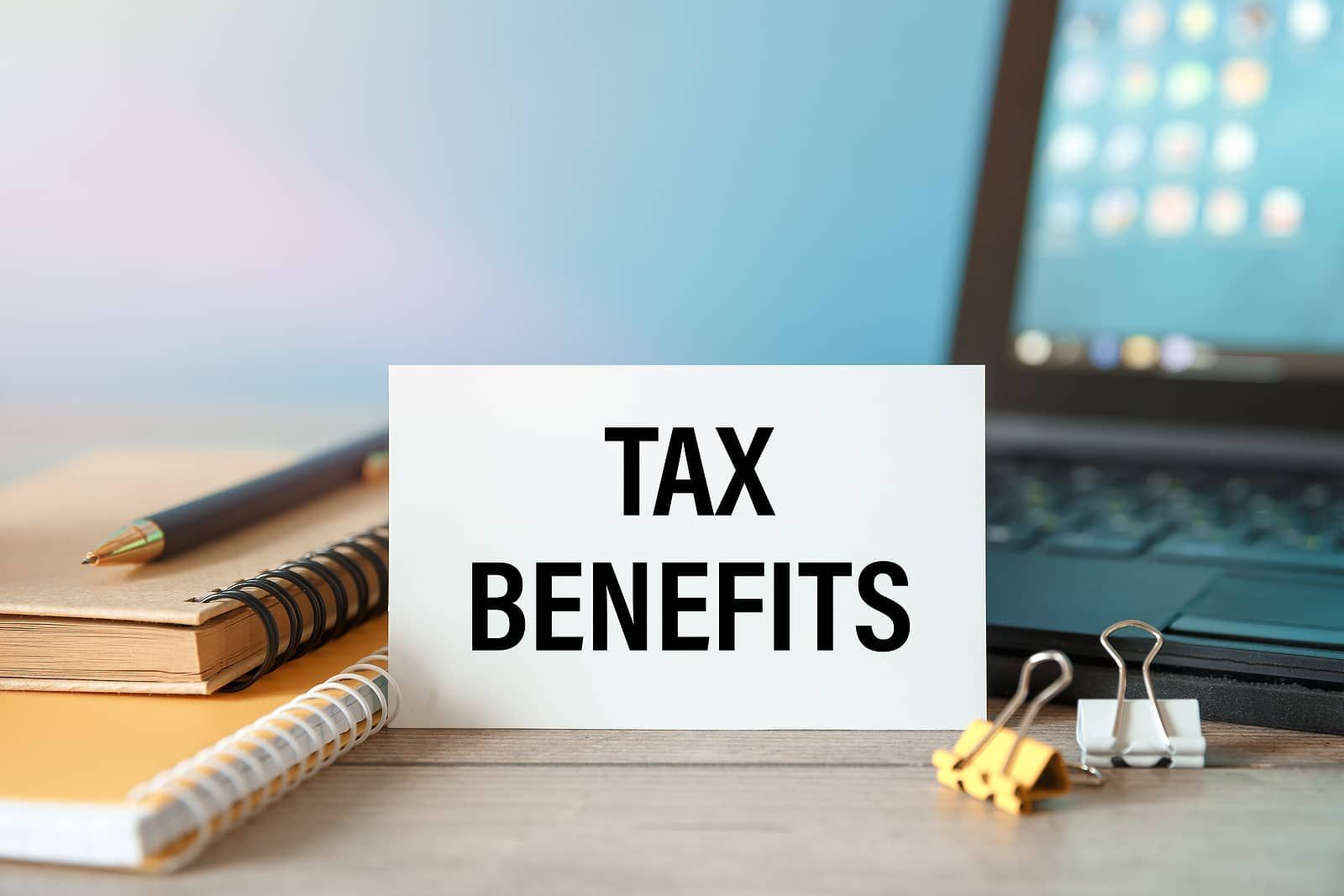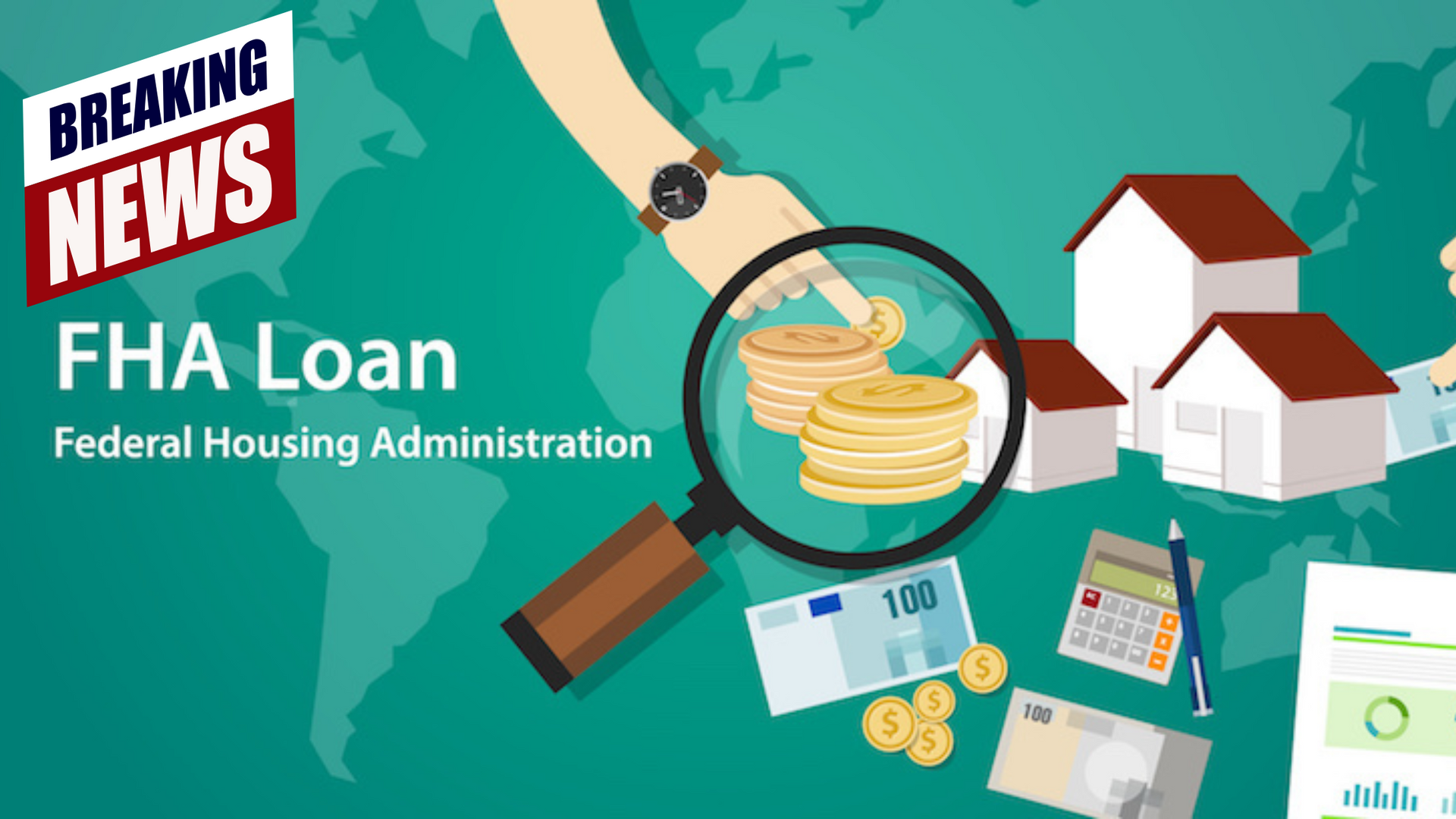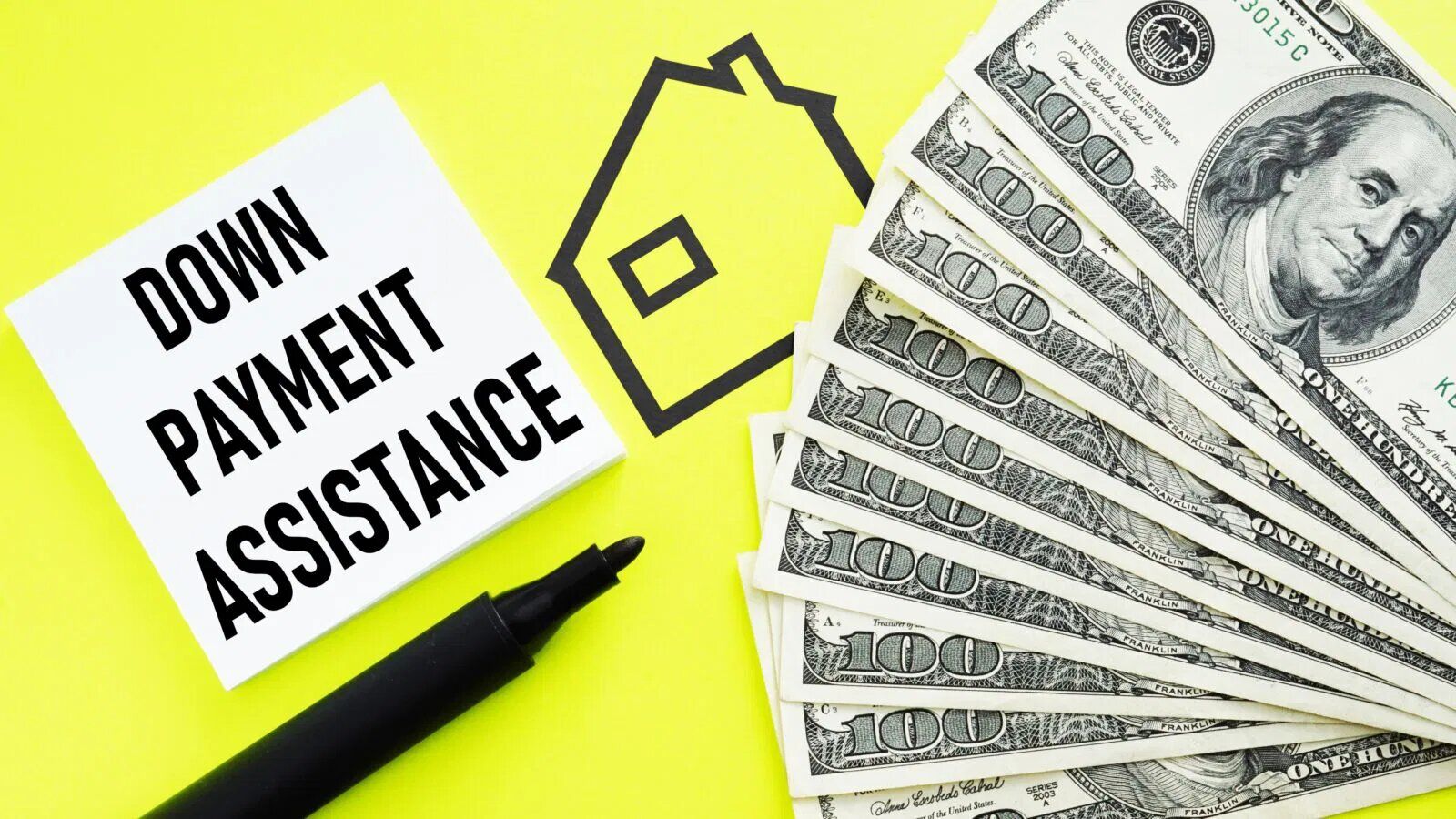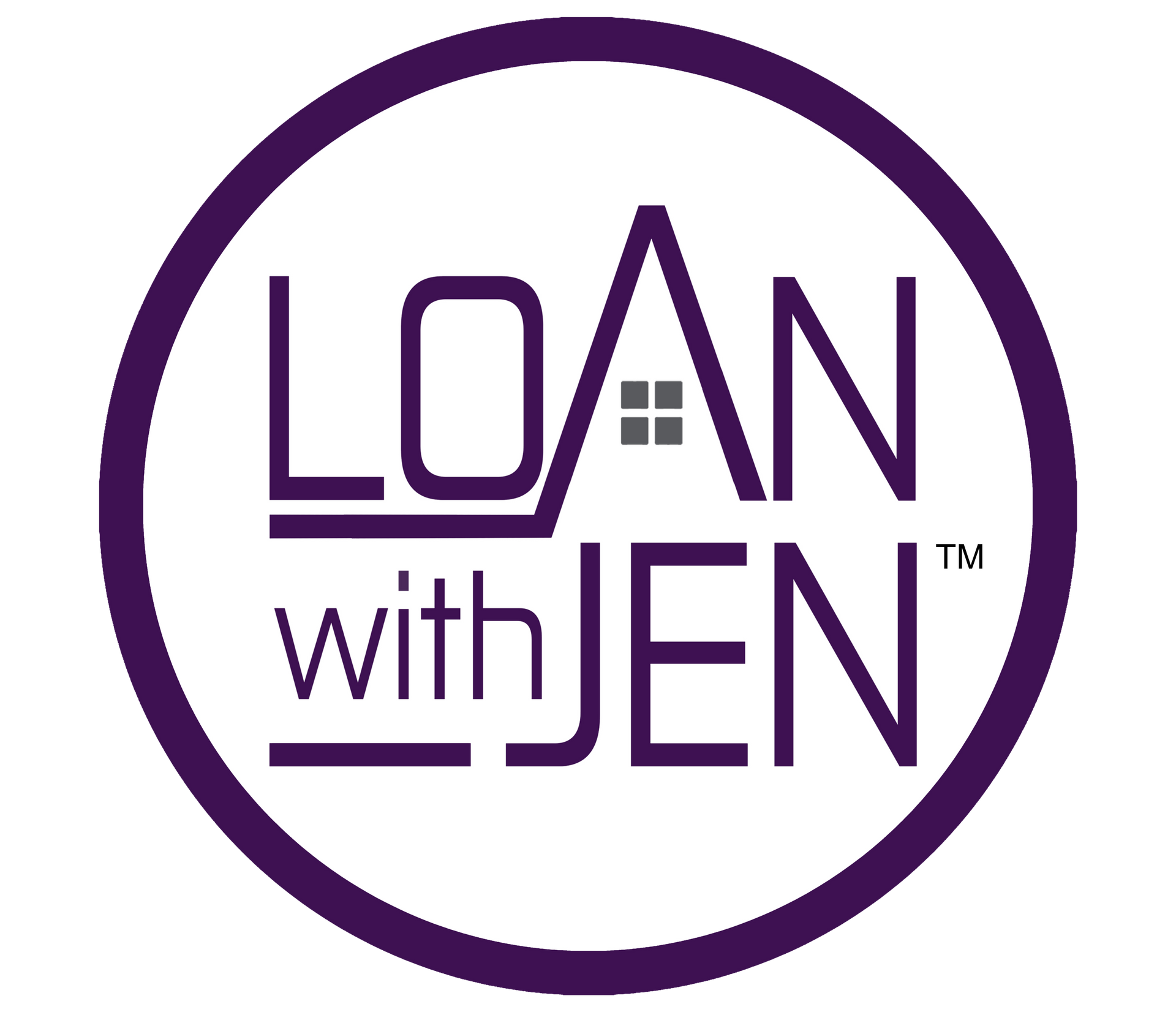We are an Equal Employment/Affirmative Action employer. We do not discriminate in hiring on the basis of sex, gender identity, sexual orientation, race, color, religious creed, national origin, physical or mental disability, protected Veteran status, or any other characteristic protected by federal, state, or local law.
Don’t Lie on Your Loan Application
Here's Why It's Not Worth the Risk
Thinking about bending the truth a little on your mortgage application? Maybe saying you’ll live in the house when you really plan to rent it out? Or “forgetting” to mention a recent credit card?
It might seem harmless—but it’s not. Mortgage fraud is a federal offense, and whether you lie on purpose or leave something out by accident, the consequences can be serious: fines, legal trouble, even jail time.
Here’s what you need to know to protect yourself—and a real example that proves just how risky it is.
What Counts as Mortgage Fraud?
Here are the most common red flags that get borrowers into trouble:
1. Lying About Your Intent to Live in the Home
This is the #1 fraud trigger in mortgage lending today.
Claiming a property is your primary residence when it’s actually an investment is a big deal. Why do people do it? Because owner-occupied loans typically come with:
- Lower interest rates
- Lower down payments (as low as 3% vs. 20% for investment properties)
But if you don’t plan to move in within 60 days of closing, and you sign a loan saying you will—that’s fraud. Plain and simple.
Real Example:
A woman reached out for help after receiving a
demand letter from her lender—they’d discovered she rented the house immediately after closing, despite claiming it was her primary residence. Her excuse? “We found out we were having twins and needed more space.” The lender didn’t buy it. She was given 30 days to repay
$400,000 or face default—and possibly criminal charges.
Don’t let that be you.
2. Misrepresenting Gift Funds
Getting help from a family member is allowed—but you need to be honest about who the money is coming from.
- Only certain relatives are allowed to give gift funds under loan guidelines.
- Having a non-relative pose as a cousin or uncle? Fraud.
- Signing a false gift letter? Federal offense.
Pro Tip: Always disclose the exact relationship to your lender. They’ll tell you whether the gift meets loan rules.
3. Faking or Hiding Employment Info
Moving states for a job? Working remotely? These are common today—but still require official verification.
Lenders need confirmation from your employer that your job is:
- Remote-approved
- Secure and continuing after the move
There are shady lenders who might tell you to “get creative” to make things work. If a lender encourages you to lie, run the other way. That’s a huge red flag, and you could get caught in something much bigger than you signed up for.
4. Leaving Out Debts or Liabilities
Just because something doesn’t show up on your credit report doesn’t mean you don’t have to report it.
You MUST disclose:
- IRS debts
- Child support
- New credit cards (even if they’re not reporting yet)
- Any other financial obligations
Before you sign your application, read it carefully. If something is missing, speak up. It’s better to fix it upfront than face consequences later.
Bottom Line: Always Be 100% Honest
If it’s not completely true, don’t say it. Don’t fudge it. Don’t leave it out. It’s not worth the risk.
Thanks to AI and increased collaboration between lenders, fraud is easier to catch than ever before. What you might have gotten away with 10 years ago will absolutely catch up with you today.
Consequences of Lying on Your Loan:
- Being forced to repay the entire loan
- Ruined credit
- Ineligibility for future financing
- Legal



